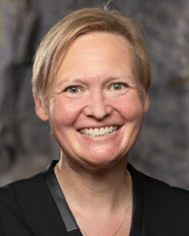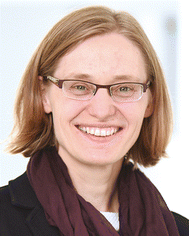Andreas Manz – Pioneer, Mentor, Friend
Nicole
Pamme
 a and
Petra S.
Dittrich
b
a and
Petra S.
Dittrich
b
aDepartment of Materials and Environmental Chemistry, Stockholm University, Stockholm 106 91, Sweden. E-mail: nicole.pamme@mmk.su.se
bDepartment of Biosystems Science and Engineering, ETH Zurich, Basel CH-4056, Switzerland. E-mail: petra.dittrich@bsse.ethz.ch
Scientific articles and inventions alone do not build communities. Conferences were established, such as the microTAS conference, a society was founded (the Chemical and Biological Microsystems Society), and this journal, Lab on a chip, was launched – Andreas Manz was always at the forefront of all these endeavors that gave researchers excellent opportunities to meet, exchange ideas and disseminate work to peers. His right instinct at the right time was certainly one of the drivers of success for building networks across groups, countries and research topics related to miniaturization and forming a microfluidics community.
In October 2022, Andreas' farewell symposium at KIST in Saarbrücken (Germany) took place with Andreas' companions, friends and alumni from all-over the world. It was a family reunion, where alumni from Andreas' main working places at the company Ciba Geigy (Basel, Switzerland), Imperial College (London, UK), the Institute for Analytical Sciences (Dortmund, Germany) and the Korean Institute for Science and Technology (Saarbrücken, Germany) came together. Wherever Andreas settled and had a research team, he fascinated his team members with ideas and also transferred the fun side of microfluidics and science in general into their minds. As a result, an amazingly large number of alumni got “infected” and remained fascinated lifelong (including the authors of this editorial) and stayed in the field. Andreas has introduced everyone to his large network so that connections between generations and working places were easily made. Many alumni have their own research groups and their own alumni in the meantime and moved on by exploring new applications of microfluidics. Being alumni of Andreas' research groups, we all value his role as a supervisor, mentor, supporter and friend, with unforgettable get-togethers at his home.
The selection of articles dedicated to Andreas' retirement written by colleagues, alumni and friends gives insight into the broadness of microfluidics as of today, from underpinning concepts of miniaturization to numerous applications across the natural and life sciences.
Nicole Pamme
Petra S. Dittrich
| This journal is © The Royal Society of Chemistry 2024 |


